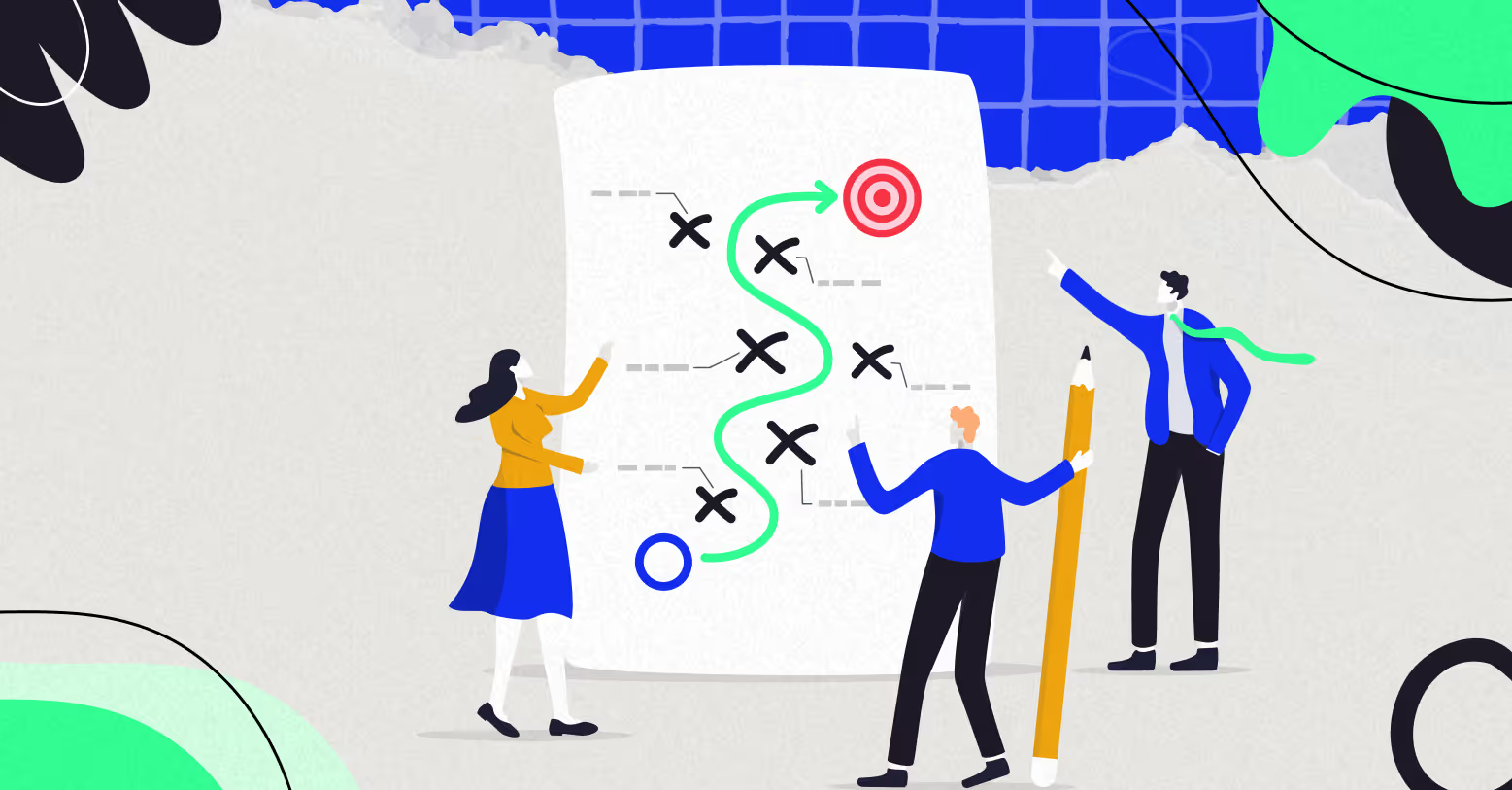
Individual Creativity vs. Organizational Creativity (Updated)
What makes one idea spark a revolution while another fizzles out in a forgotten notebook? Creativity, both individual and organizational, is at the heart of progress—but the dance between the two is far more complicated than it seems. In this article, we unravel why creativity thrives in some places and suffocates in others, and how understanding this interplay might just save businesses from stagnation—and individuals from burying their best ideas before they even begin.
What is individual and organizational creativity? The two are connected but are far from the same.
Individual creativity is ideas or innovations by a single individual – an author writing a book or a process manager thinking of a new process, for example.
Organizational creativity is ideas or innovations attributed to a group of people that all work for the same organization. That could be a team developing, creating and marketing a new product.
So in other words, while all organizational creativity is a result of individual creativity, not all individual creativity is organizational. The two are similar, but they are not the same.
The Three Main Areas to Make a Difference
Organizations and individuals behave very differently. An organization must be efficient and predictable, but individuals can behave any way they like (within reason of course). This can be problematic when it comes to creativity.
Generally, people tend to be risk-averse and shy away from change. However, companies need to take risks and be innovative to survive in the modern market. So these two will often clash and result in organizational idea management that is dead on arrival. This can lead to stagnation and a soul-crushing corporate culture. So, how can companies counteract this?
According to Professor Gerard Puccio at Buffalo State College, companies should focus on three things: people, environment, and processes.
1. People Are the Engine of Innovation
Your innovation will never be better than the sum of individuals behind it. This is true for both individual and organizational creativity. This means that companies need creative people to innovate.

Individual creativity is highly dependent on the mood and efficiency of the individual. The good news is that people are easily motivated and companies can supply this motivation. So organizational creativity can often maximize its individual creativity with motivation. This motivation can be financial or simply about human engagement. This will not work on everyone, but the company is pooling ideas from many. So results should be easily measurable.
Also, a company can evaluate and decide whether to move forward with an idea or not. Sure, some individuals can do the same, but not everyone is a doer. An innovative company needs to be creative and cannot let opportunities out of its grasp.
2. Environment Can Do a Lot
Many companies, such as Google, Pixar, and Apple, have increased their organizational creativity by building better environments for their employees. If you want to foster creativity you need a certain physiological and physical atmosphere. Otherwise, a new idea might be thrown out just for changing the status quo. Most people fear or dislike change, and that can put a damper on radical new ideas – simply because they are new.
Therefore, individual creativity has a huge advantage on organizational creativity in regards to the environment. Individuals are free to come up with ideas anywhere they want. Companies, on the other hand, are often limited by the office. So what can they do? The best solution is a mobile idea management platform. It allows employees to come up with ideas and share them at any place and at any time. This frees the company from forced brainstorming sessions and allows the creativity to become more fluent and natural.
3. The Process that Leads to Successful Idea Management
A good idea management process can help increase individual and organizational creativity. You see, the biggest problem with individual creativity is when people don’t write down their ideas. Instead, they decide to do it later and forget or just decide not to it after all. A simple idea management platform, like Ideanote, can solve this.
The biggest problem in organizational creativity is not being heard or the fear of appearing stupid. A good idea management process that gives a lot of feedback and encourages all ideas can solve both of these issues.
Everything Has Its Strengths
So all in all, both organizational and individual creativity have their strengths and weaknesses. But organizational creativity needs to understand the individual part to succeed. To do this, it needs to have the correct people and nourish their creativity with motivation. It needs to create an atmosphere of innovation, and it needs to have the correct idea management processes in place. All of these are much easier with a digital idea management platform.

What's next?
Find out why 72% of companies witness their innovation withering and how to make sure you are not one of them. Read the full story here.
See what a powerful idea management platform looks like in action, check our story on How USTER engaged 70% of its employees in innovation.
Next up to Read:
Turn Ideas Into Action with Ideanote




